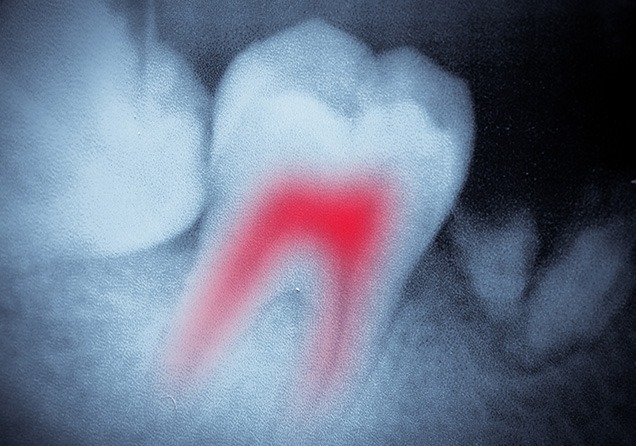Do your knees quake at the thought of a “root canal?”
The Root Canal Myth
The traditional myth of Root Canal Therapy is that it is very painful. Root Canal Therapy, contrary to popular belief, relieves the pain and discomfort that is very common with abscessed teeth and infections. Our Calgary dentist team is attentive to your comfort both during and after the appointment. Patients with anxiety regarding root canal therapy have the option to consider one of our sedation options during their root canal appointment.




